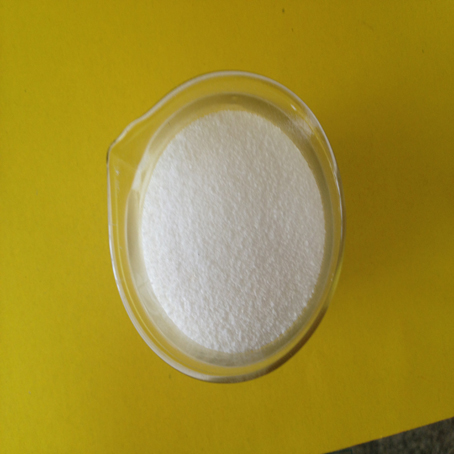| Message: | Pain is caused by the stimulation of free nerve endings. When the nerve endings are stimulated, sodium enters the neuron, causing depolarization of the nerve and subsequent initiation of an action potential. The action potential is propagated down the nerve toward the central nervous system, which interprets this as pain. Benzocaine acts to inhibit the voltage-dependent sodium channels (VDSCs) on the nerve membrane, stopping the propagation of the action potential.
Benzocaine is used as a key ingredient in numerous pharmaceuticals:Over the counter throat lozenges such as Cepacol.Some glycerol-based ear medications for use in removing excess wax as well as relieving ear conditions such as otitis media and swimmers ear.Some previous diet products such as Ayds.Some condoms designed to prevent premature ejaculation. Benzocaine largely inhibits sensitivity on the penis, and can allow for an erection to be maintained longer (in a continuous act) by delaying ejaculation. Conversely, an erection will also fade faster if stimulus is interrupted.Benzocaine mucoadhesive patches have been used in reducing orthodontic pain.
Side effects:Over-application of oral anesthetics such as benzocaine can increase the risk of pulmonary aspiration by relaxing the gag-reflex and allowing regurgitated stomach contents or oral secretions to enter the airway. Applying an oral anesthetic and consuming beverages before going to bed can be particularly hazardous.
|
 my account
my account
 log out
log out
 my account
my account
 log out
log out
